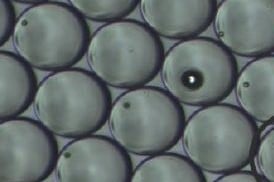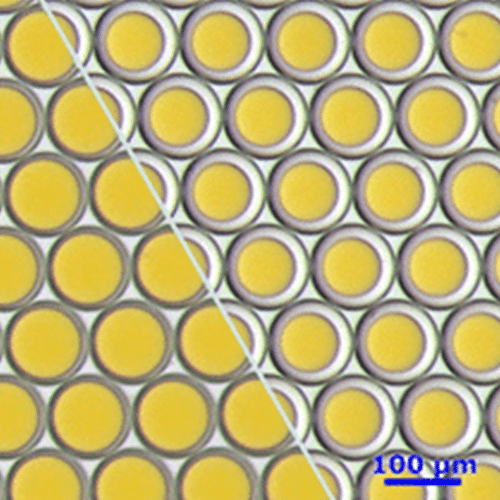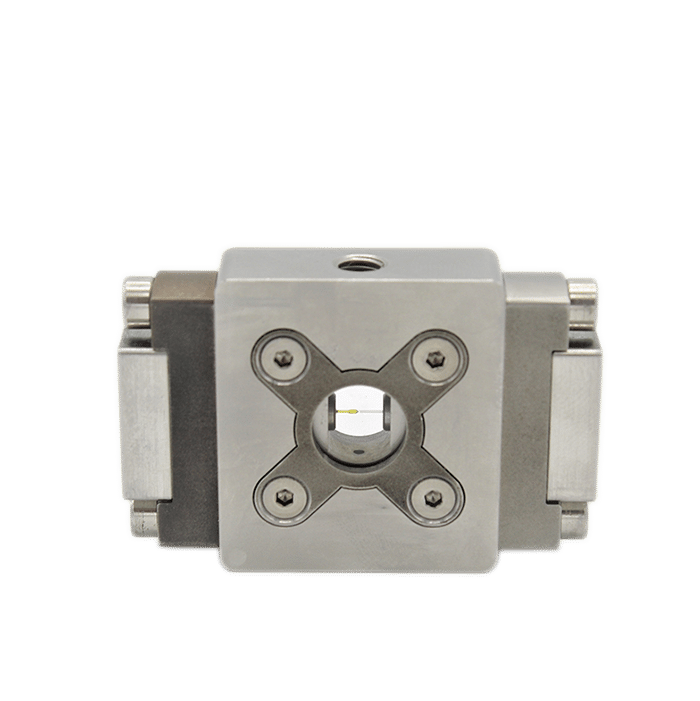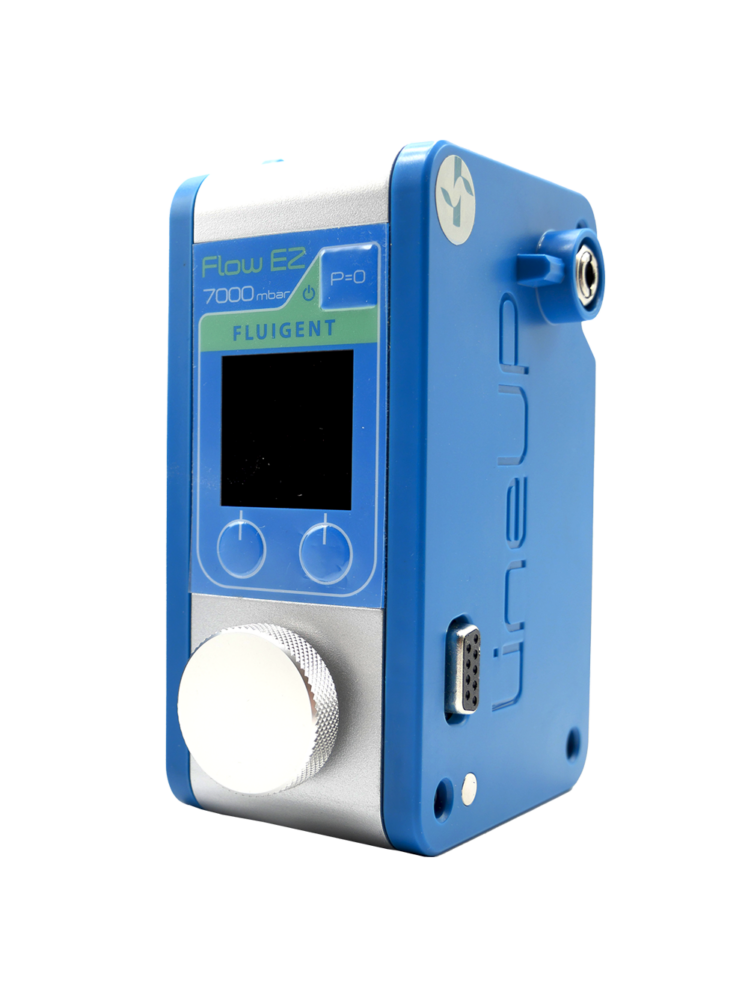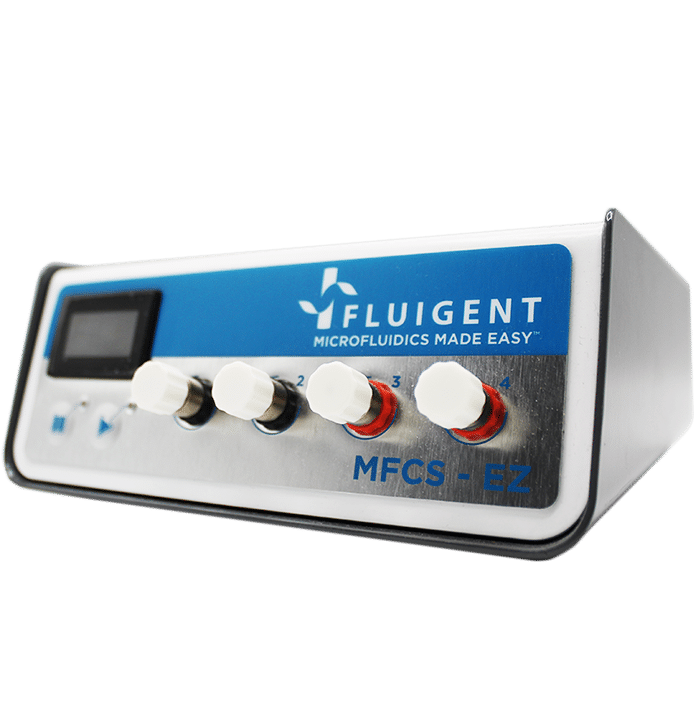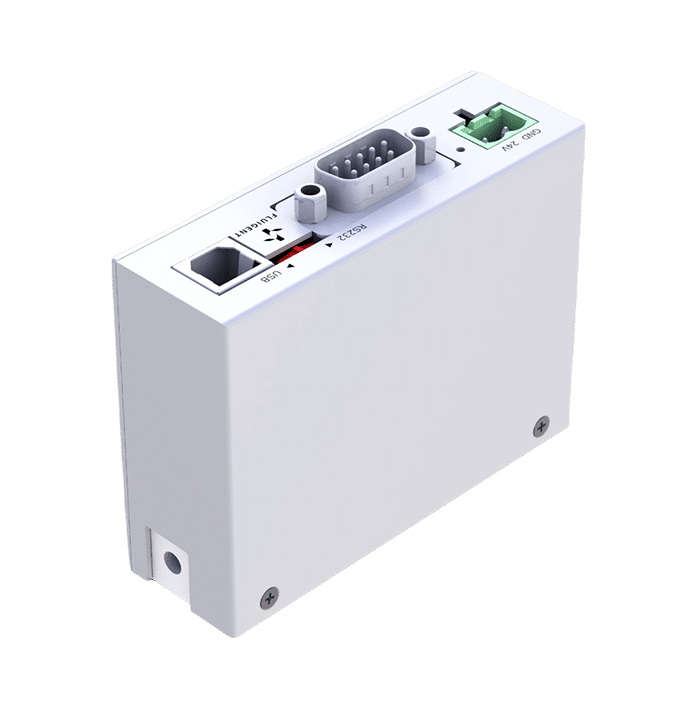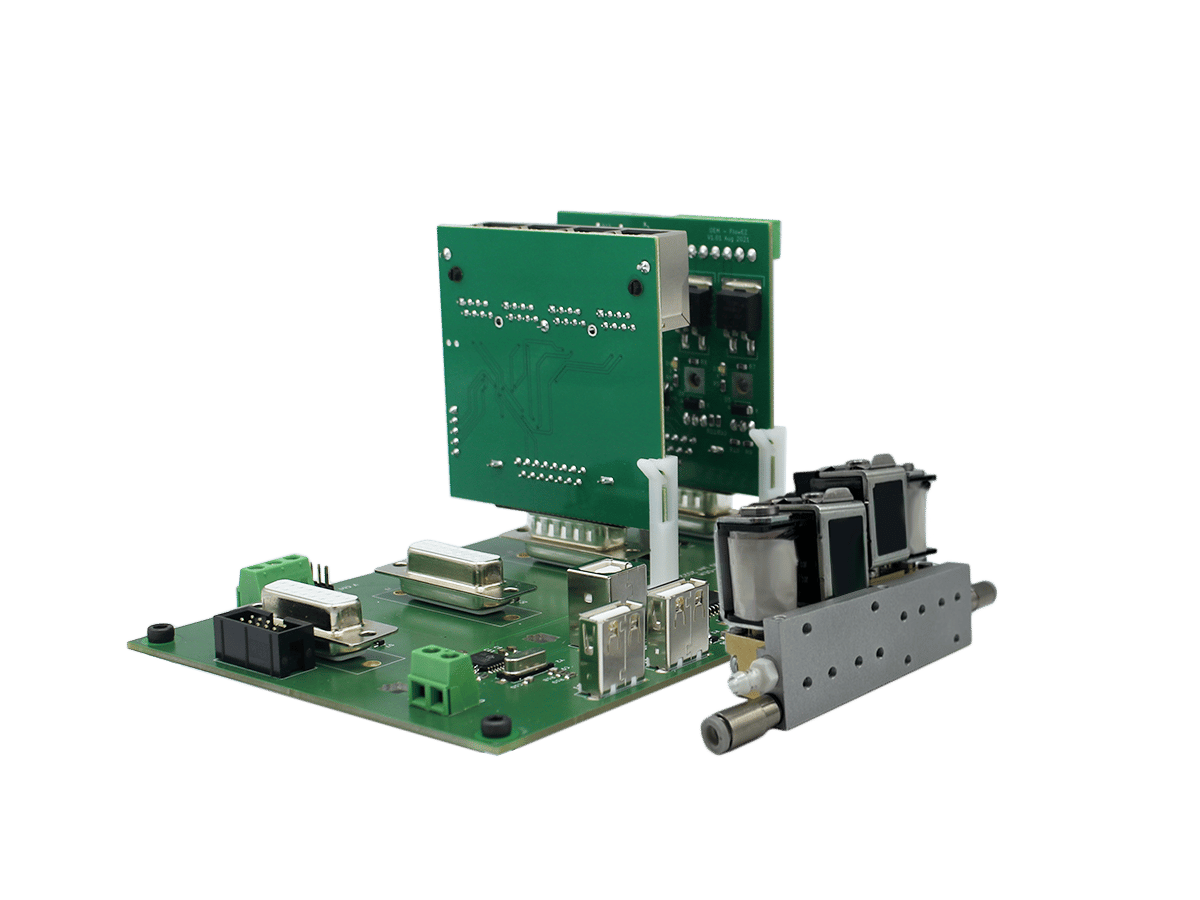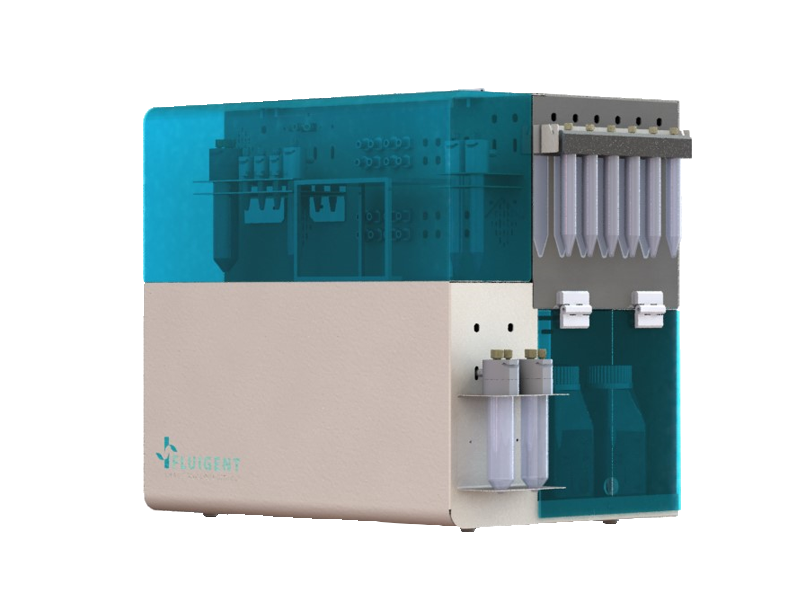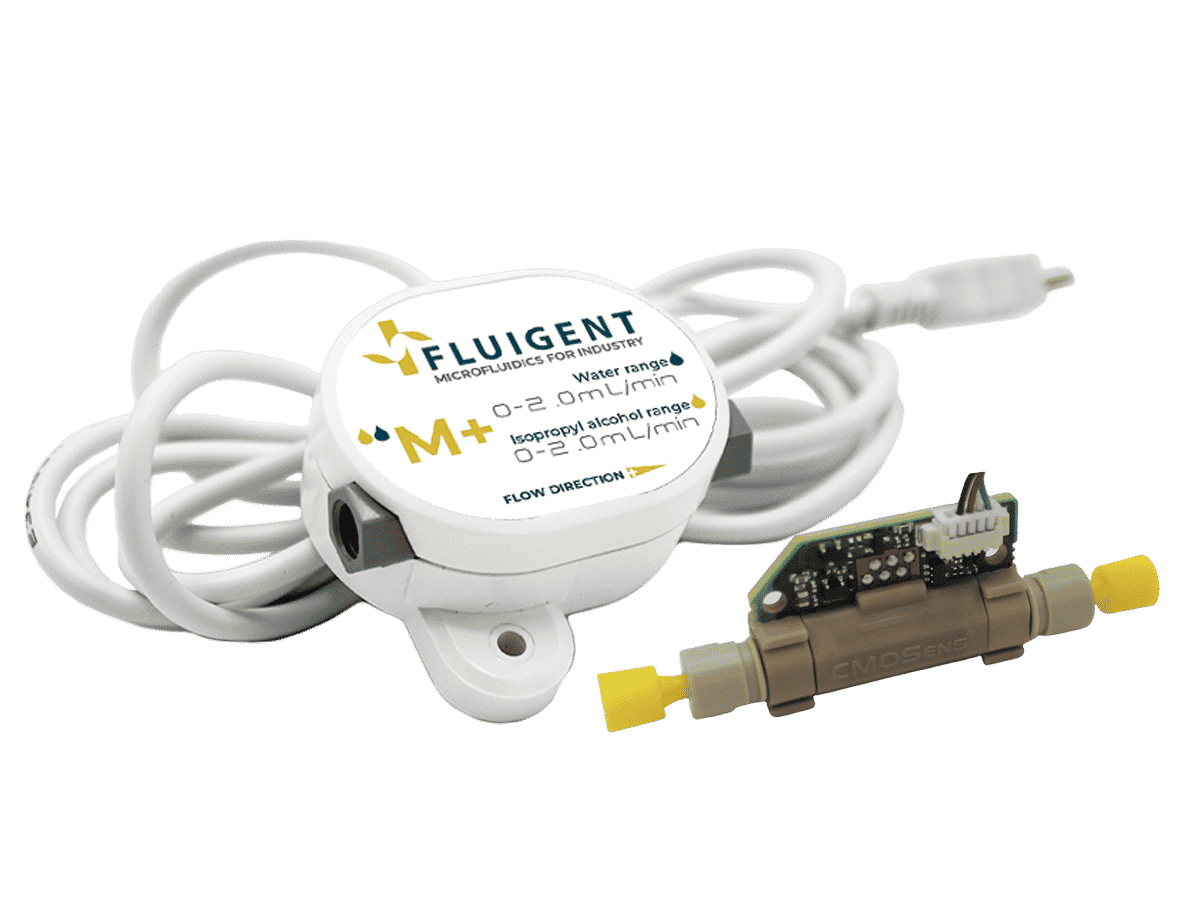Microfluidics in Food Industry: Food Testing & Agriculture
What are the advantages of Microfluidics in Food Industry?
The rapidly growing global population demands more advanced technologies in food processing to produce more functional and safer food.
Emulsion production
In foods, the most common application of microfluidic systems is in the preparation of emulsions. These provide accurate control over droplet size and the shape of internal structures. Microfluidic devices can be used to produce different types of microstructures depending on the final product, adding some characteristics such as texture or dispersion.
Microfluidics for Food Analysis
Food safety analysis is important to control food contamination and quality. Constructing effective methods for fast and accurate food safety sensing on-site is needed. Microfluidic systems can quickly and accurately analyze food samples for contaminants, pathogens, chemical residues, and other quality control parameters, reducing the time required for testing and analysis.
Microfluidics for agriculture
Microfluidics in food industry can be used for precision agriculture, allowing for the precise and controlled delivery of nutrients, fertilizers, and pesticides to crops, minimizing waste, and maximizing crop yields.
On-site soil analysis can also be performed thanks to microfluidics, allowing to rapidly identify soil parameters such as nutrient concentration. This allows for better fertilizer consumption and less unnecessary soil pollution.
Industrial applications
Research applications
Microfluidics to recognize fake honey
Doing PhD with Fluigent 2021: Research on Honey by Daniel Kraus [Jena, Germany]
One example of using Microfluidics in Food Industry:
One of our PhD students Daniel is doing his postgraduate research on honey at the Leibniz Institute of Photonic Technology. Using the microfluidic set-up, including microfluidic chip and Fluigent pressure pumps, Daniel can examine the pollens to find out whether the origin of honey is natural or faked.
The high-throughput microfluidic technique enables honey particles to pass with the same velocity through the microfluidic channel, which makes for a better more efficient analysis that goes beyond the state of the art.
Related products
Expertise & resources
- Expert Reviews: Basics of Microfluidics
Flow control for droplet generation using syringe pumps and pressure-based flow controllers
Read more - Support & Tools
Droplet Size Calculator
Read more - Product presentation videos
DROPLET STARTER package – Make DROPLETS within minutes!
Read more - Expert Reviews: Basics of Microfluidics
Microfluidic Droplet Production Method
Read more - Microfluidic Application Notes
Encapsulation of multiple emulsions in a single droplet
Read more - Microfluidics White Papers
Droplet-based Microfluidics
Read more - Array
Raydrop, a universal droplet generator based on a non-embedded co-flow-focusing
Read more - Microfluidic Application Notes
Generating a water emulsion in an oil solution using a droplet generator chip
Read more - Array
Robust technology for double emulsion production and focus on microcapsule/microparticle synthesis
Read more
Looking for another market?
From the life sciences to the food industry, many applications require the use of fluids driven at flow rates from nanoliters to milliliters per minute. At such low flows, the success of these applications strongly depends on the level of control and automation of the fluidic operations.
These applications require flow control systems that are adapted for ensuring their success.
